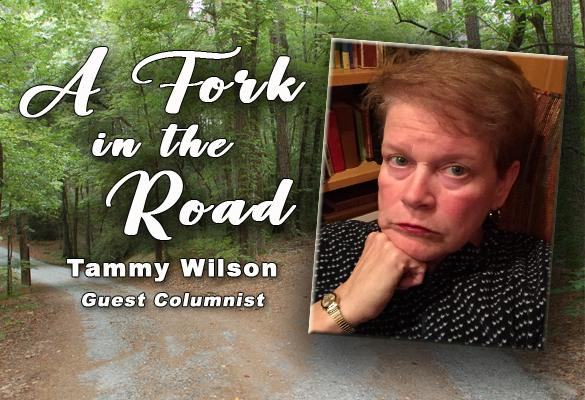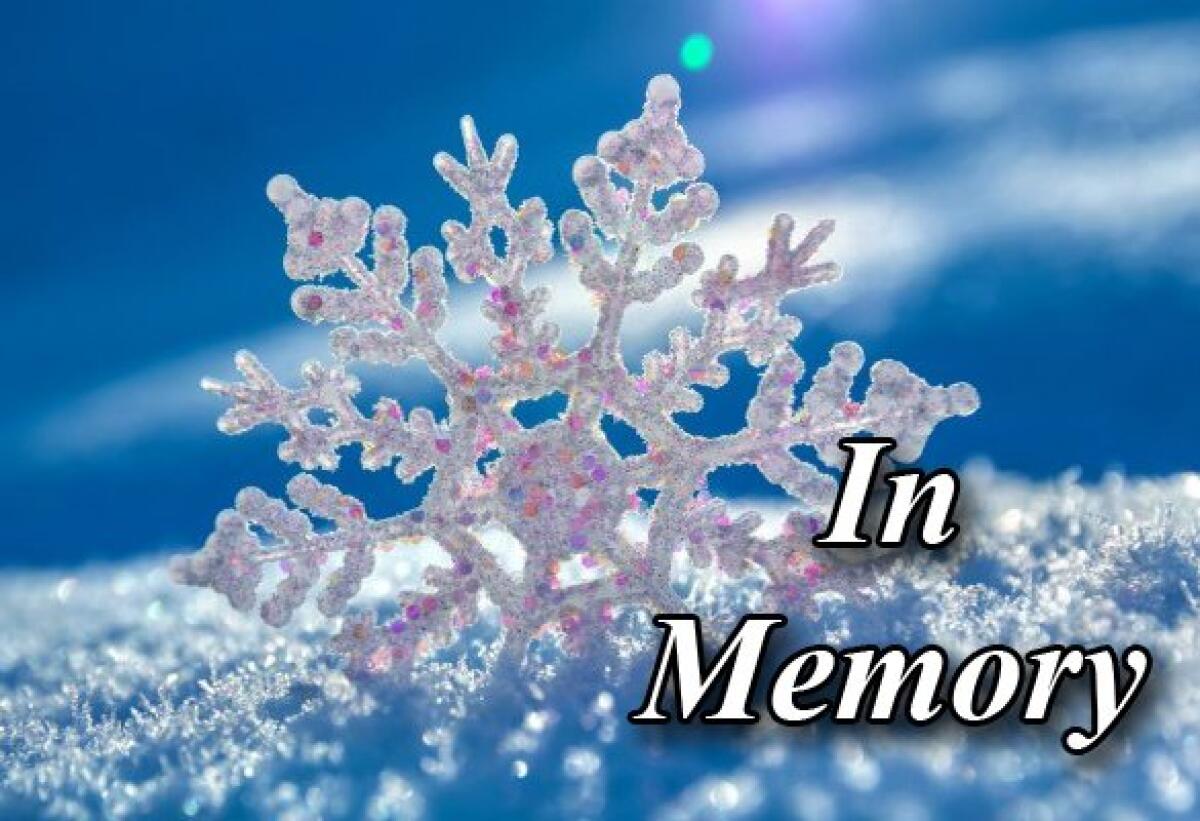- Thursday, 1 January 2026
- Have a HOT TIP? Call 704-276-6587 or E-mail us At LH@LincolnHerald.com
Will It Be A Knife Or Fork Or Spoon This Winter?
Weather predictions have never been an exact science.

About this time every year, we try to predict winter. Will it be mild? Wet? How much snow will we get?
Weather predictions have never been an exact science. In years past, I’ve purchased a Farmers’ Almanac and rifled through the book of charts, text and line drawings to find the prediction for various parts of the United States. I’m intrigued by the secret methods used to come up with a coherent prognostication of the year’s weather. The formula is closely guarded, but I understand a lot of factors are considered: solar activity, motion of the moon, tidal action and winds over the equator.
And then there are the “signs.”.
The number of fogs in August are said to correspond to snows in the coming winter. Folks keep track of these using buttons in a jar. A heavy fog requires a large button; a lighter one, a smaller button.
And most know about the woolly worm method. The darker the “fur,” the harder the winter. At least that’s what I was taught up in the Midwest.
For the full buzz, check out the Wooly Worm Festival up in Banner Elk. This year it’s Oct. 19-20. Legend has it that the 13 segments of a woolly worm’s body correspond with the 13 weeks of winter. A dark segment at the head means lower than average temperatures early on, a medium brown, average; and a light brown, warmer than usual. And so on, down the length of the body.
Since the “worms” which are really caterpillars, have varying segment colors, the forecast can vary according to which insect you observe.
Back in August, WCNC- Charlotte published the forecast covering the next 16 months. It’s supposed to be a “wet winter whirlwind,” they said. Marked with rapid-fire rain and snow.
Did someone say snow? We’re in a La Nina weather pattern right now, which means wet and cold for most parts of the country, which is good news for kids with sleds.
A few weeks ago, Patara, a You Tuber I follow on the Appalachian Homestead channel, was talking winter folklore using persimmon seeds. In East Tennessee, she said, findings called for a bitterly windy season.
The information comes by cutting the seeds in half to reveal the cotyledon inside. The white shape resembles either spoons, forks or knives. Spoons mean a lot of show to shovel. Forks indicate a mild winter, while knives predict bitter cold. I’m not sure who came up with all this—maybe settlers adapting what they learned from Native Americans? And how to the seeds know what shape to create?
Be that as it may, I’ve heard the prediction for the High Point area is a snowy winter. Lots of spoons in their persimmon seeds, apparently.
The persimmon tree in my neighborhood has been removed, so I called my friend Nancy out in Vale. I knew she had an old persimmon tree along her driveway. The photos she sent to my phone showed knives, which squares with Patara’s hills in East Tennessee. But one of Nancy’s persimmon shapes appeared to be a cross between a fork and a knife.
A can opener? Nancy suggested.
Could it be a sign that we’ll be sealed in ice? Beats me.
---Tammy Wilson is a writer who lives near Newton. Contact her at tym50@bellsouth.net












